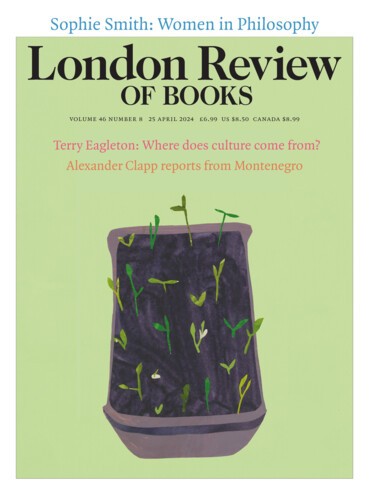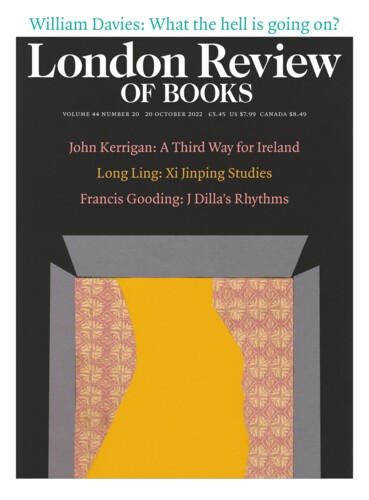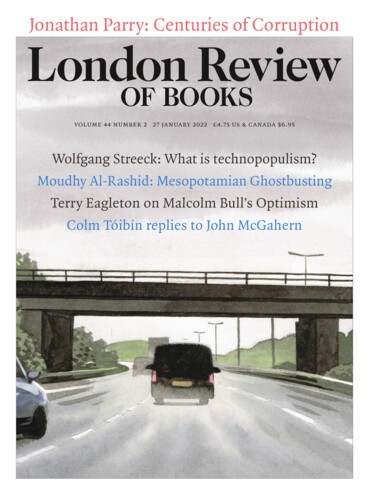The evening sky on Friday lit up with a bright auroral display. Such phenomena are usually confined to the polar regions, but this one was seen as far south as Mississippi and as far north as Melbourne. With word of the show spreading quickly online, and modern phone cameras capable of picking up even fainter lights in the sky, this must have been the most recorded display of aurorae in history.
My own most memorable encounter with the Northern Lights came twenty years ago, as the astronomer accompanying a party of tourists in Tromsø, Norway’s northernmost city. Even our local expert, an accomplished auroral photographer, was excited as we left the hotel just after sunset and immediately spotted a tell-tale shade of green in the sky. From our dark viewing site in the centre of a frozen lake, the view was spectacular, with the horizon lit up in bright shades of green, red and purple. The curtains of light in the sky shimmered and changed shape from moment to moment. At the climax of the display they swirled above us, creating an auroral crown and lighting the whole sky before silently vanishing.




